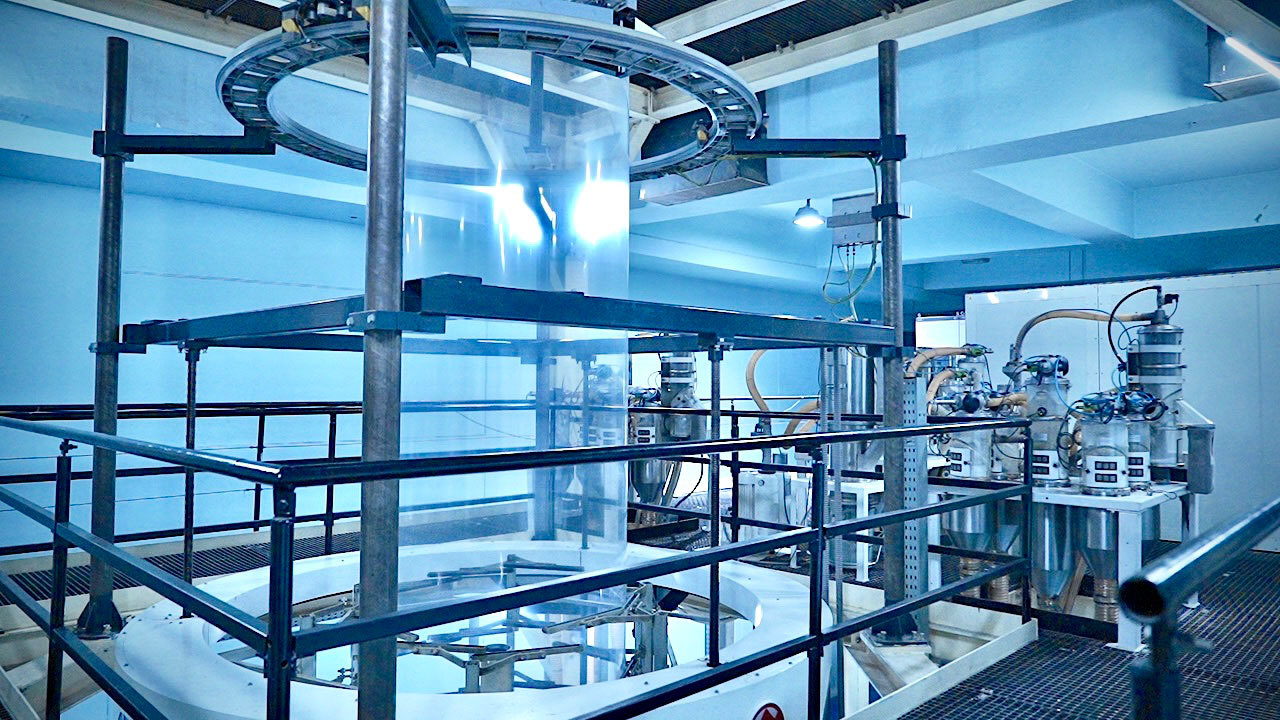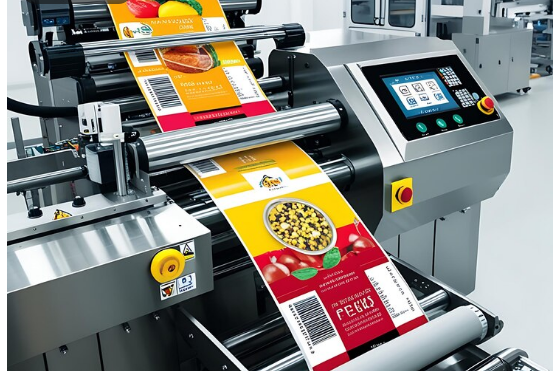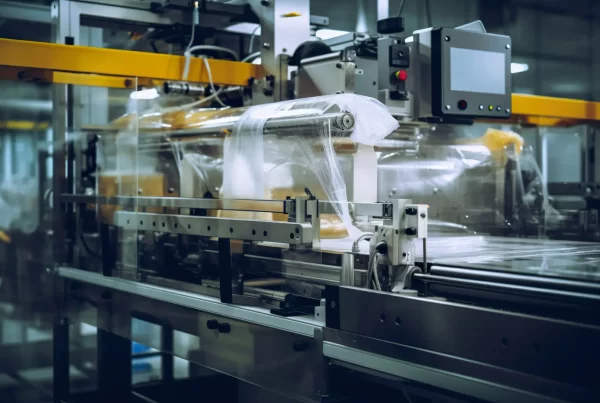With the world moving ever more towards eco-friendliness, the packaging sector has reached a critical juncture. Of all the innovations that have surfaced over the last few years, monomaterial films are the ones leading the charge towards reimagining what sustainable packaging will mean. With brands and companies looking for improved options without sacrificing functionality, packaging-specialty films—monomaterials in particular—are shaping up behind the scenes.
What are Monomaterial Films?
Monomaterial films are a packaging solution formed completely of one form of polymer, i.e., polyethylene (PE) or polypropylene (PP). They differ from conventional laminated structures that consist of various materials in multiple layers. Monomaterials make recycling easy since they don’t require breaking down into individual components. This makes them extremely precious under a circular economy model.
Why Are They the Future?
Recyclability Made Simple
It is usually expensive and technologically difficult to recycle multilayer packagings. Monomaterials avoid this problem by providing a simple, easily recyclable solution. With worldwide regulatory agencies’ efforts toward requiring recyclable packages, monomaterials coincide with their objective automatically.
Meets Consumer Demands
Consumers today are not only educated—furthermore, they’re making deliberate choices about a product’s sustainability. Packaging that is recyclable, reusable, or compostable is driving purchasing decisions, and monomaterial films meet most of those needs without introducing complexity.
Improved Compatibility with Current Infrastructure
Because such movies can be processed through existing recycling infrastructure in most areas, producers do not need to replace their existing infrastructure for waste handling. That makes the shift more affordable and practical.
Lightweight, Yet High Performance
Don’t confuse their recyclability with weakness—monomaterial films are designed to perform. They provide good barrier qualities, printability, and sealing integrity. Specialty packaging films of the high-end kind have even begun to rival multilayer solutions for shelf life and freshness maintenance in the pharma and food industries.
Brand Transparency and Labeling
When companies turn to monomaterial films, they can demonstrate their commitment to sustainability. Labeling and certification allow companies to differentiate themselves in a crowded market.
The Role of Innovation
With ongoing R&D, monomaterial films are presently enhanced with specialty coatings and surface treatments to offer high barrier functionality towards water, oxygen, and light. Such next-generation specialty packaging films are maintaining the recyclability benefit while offering the required performance for sensitive applications like snacks, coffee, personal care, and even medical items.
The Road Ahead
Governments, consumers, and companies alike are all heading in the direction of a single objective: a sustainable future. As Extended Producer Responsibility (EPR) schemes become mainstream, packaging that is easier to collect and recycle will gain more popularity—making monomaterials the business norm.
Conclusion
The future of sustainable packaging is not complex—it’s beautifully simple. Monomaterial films, in combination with specialty packaging innovations, is an equilibrium solution that meets performance needs while also saving the planet.




